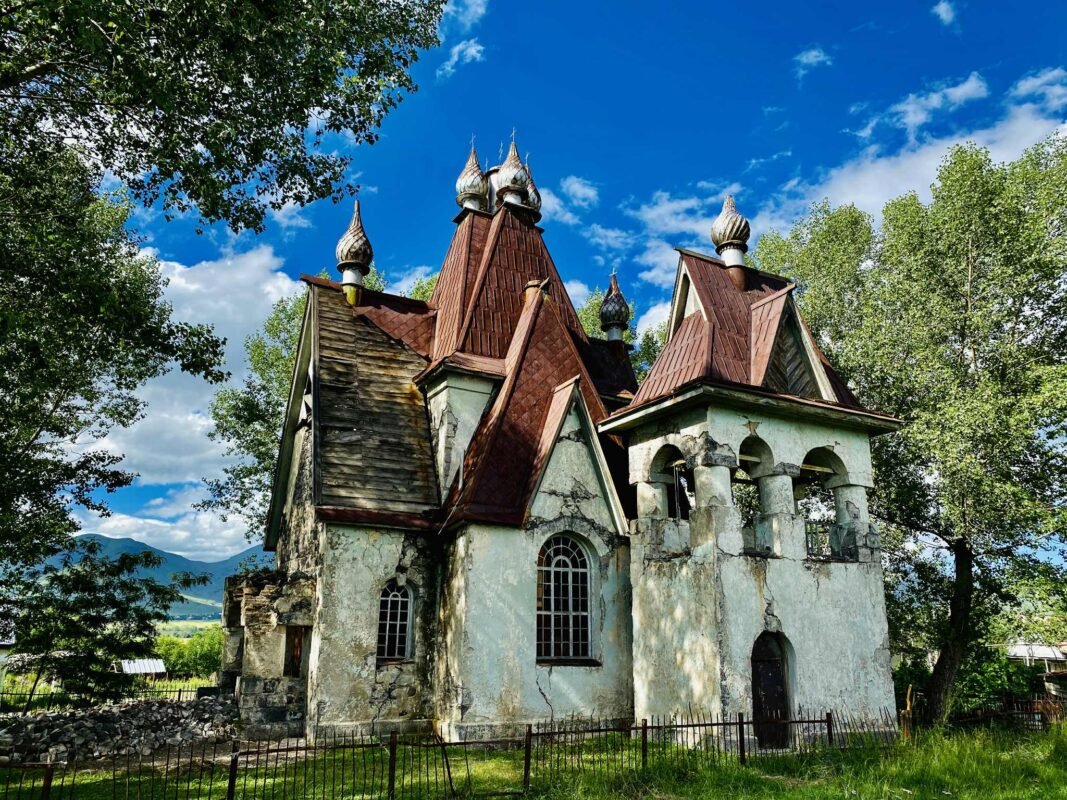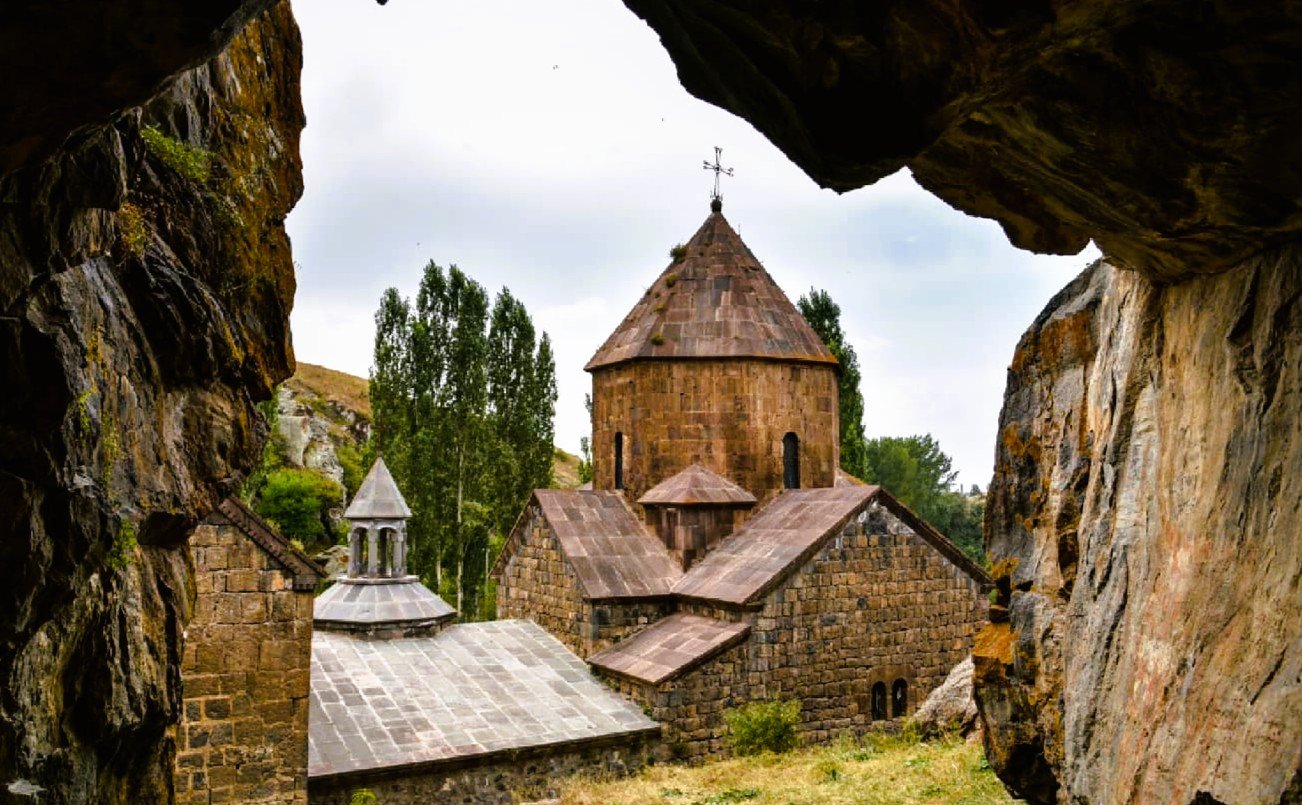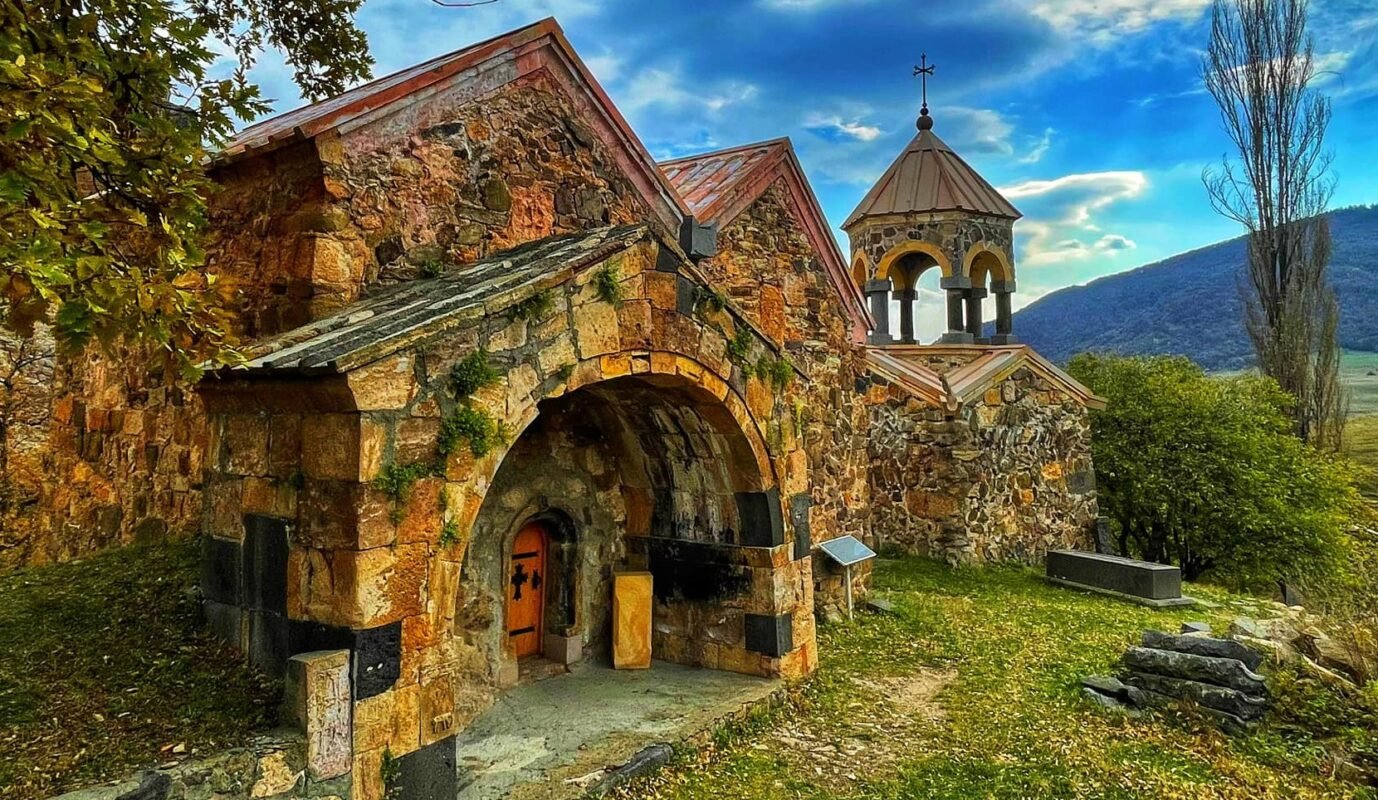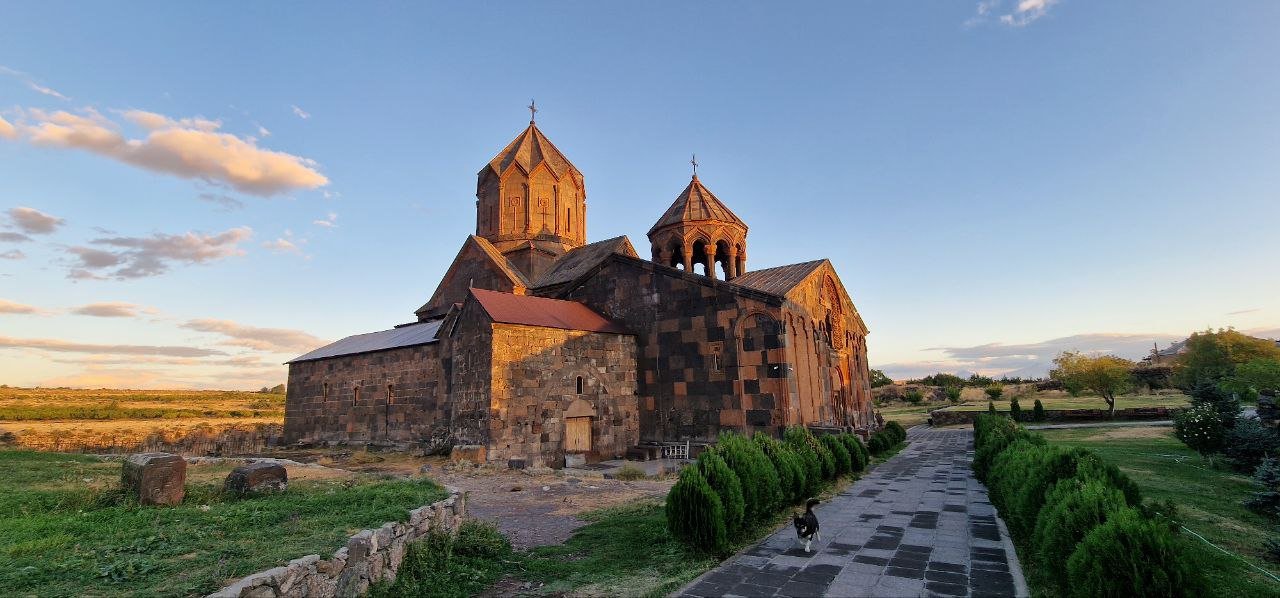Latest Listings
Related Listings
Close To You
Tsaghkevank
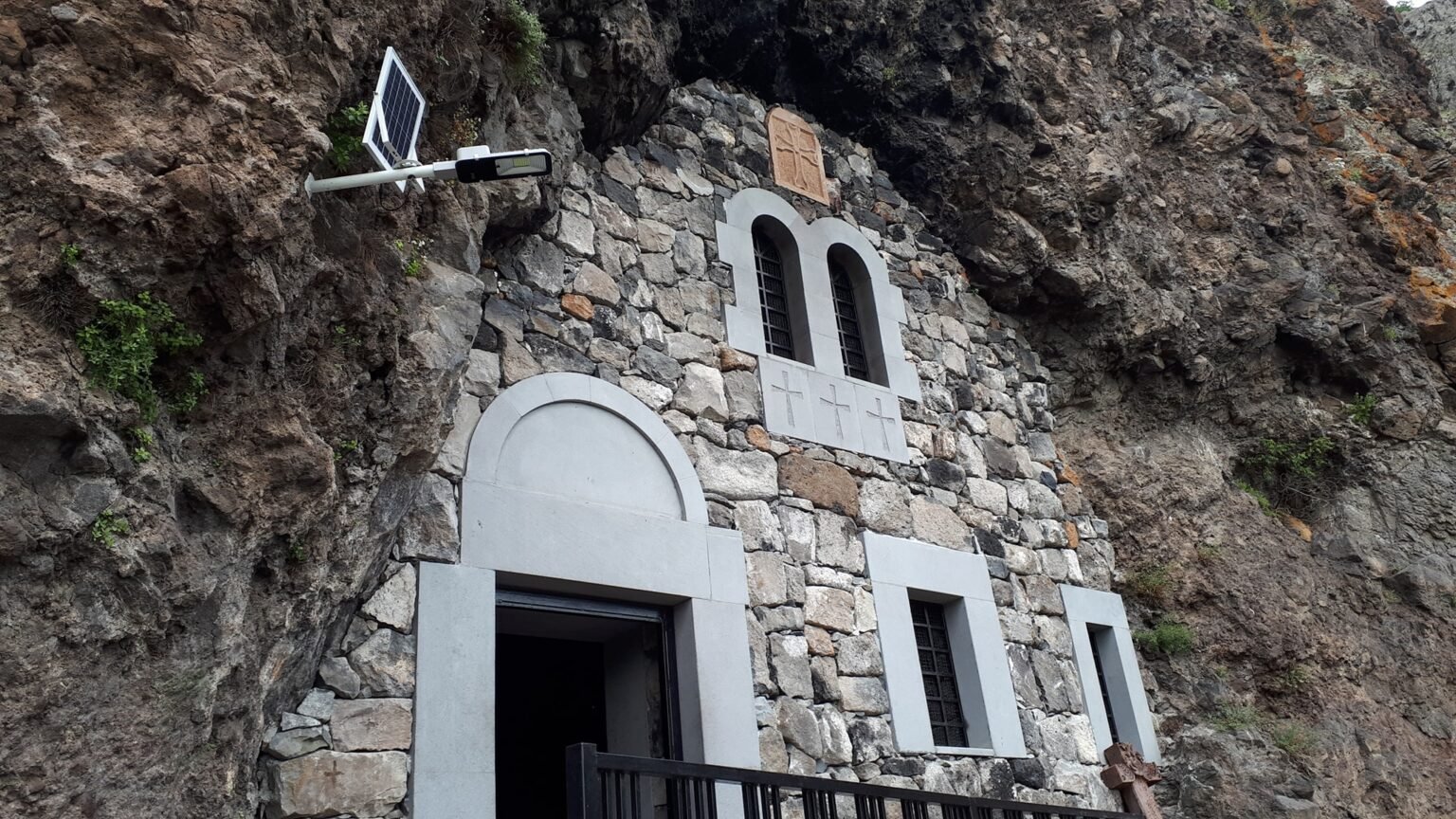
Chapel
1600 m
Historical
Easy
VISITOR INFORMATION
📍 Location - Aragatsotn Province, on the southern slopes of Mount Ara.
🕰️ Period - A natural cave-chapel and ancient pilgrimage site. Its exact origin is unknown, though tradition holds that Saint Gregory the Illuminator once prayed here-suggesting the sanctuary existed prior to the adoption of Christianity or in its earliest period (4th century). For centuries, it has been revered as a holy place of worship and pilgrimage.
🌐 Coordinates - 40.39805° N, 44.44257° E
🏷️ Other Names - Virgin Barbara Chapel; Saint Barbara Cave Sanctuary
🌿 Best Time to Visit - From spring to late autumn (May–October). In winter or heavy rain, trails and the cave entrance can become slippery and hazardous.
🛤️ How to Get There - From Yerevan, drive to Ashtarak, then continue along the Ashtarak-Aparan highway to the villages of Artashavan or Saghmosavan. From there, a short ~3 km route climbs Mount Ara’s slope to the Tsaghkevank cave-chapel. The final stretch is accessible on foot or by off-road vehicle.
OVERVIEW
Tsaghkevank (also known as the Cave Chapel of the Virgin Barbara) is carved into the southern cliffs of Mount Ara. For centuries, it has served as a sacred place of pilgrimage. Inside flows the so-called “Holy Water,” which locals believe has healing properties-especially for eye ailments and vision problems.
ETYMOLOGY
The name Tsaghkevank (“Flower Monastery”) derives from Tsaghik, a maiden celebrated in local folklore. Tradition says the place where she sacrificed herself remained forever in bloom, and the cave-chapel raised in her memory was named “Tsaghkevank,” meaning “Monastery of Tsaghik.”
HISTORY
Tsaghkevank, or the Cave Chapel of the Virgin Barbara, is one of Armenia’s few rock-cut sanctuaries. Formed naturally within the mountainside, its small chapel and spring have been a destination for pilgrims for centuries. People have come here to pray, light candles, and collect the holy water. There are no visible architectural layers or conventional stone masonry, indicating the site was never a typical monastic complex. Rather, it has remained a place of living faith and folk worship, where ancient pre-Christian traditions intersect with Christian devotion.
ARCHITECTURE
Tsaghkevank is among Armenia’s rare cave-hewn monasteries, shaped by nature with no external construction. The cave has been adapted into a small chapel where stone, water, and light combine to create a quietly mystical atmosphere. It consists of a single chamber with a naturally arched ceiling that follows the curve of the rock. The entrance opens to the south; inside stand a modest altar and a stone table used for sacred rites. To the right, a natural spring flows-regarded by locals as holy and healing. The walls and ceiling are darkened by candle soot, and the floor has been worn smooth by generations of pilgrims. Sunlight filters through fissures in the rock, casting an ethereal glow that suggests the light of faith breaking the stone’s silence. Although it lacks the grandeur of medieval monastic architecture, Tsaghkevank’s simplicity and natural form embody one of the earliest expressions of Armenian sacred architecture, where nature itself becomes the temple.
LOCAL LEGENDS
Several legends and folk tales are connected with the monastery. One links Tsaghkevank to Saint Barbara, a Christian martyr of the 3rd century. Born in Nicomedia in the Roman Empire, Barbara was the daughter of Dioscorus, a wealthy pagan. Fearing her beauty and independence, he shut her away in a tower. While confined, Barbara discovered Christianity and was secretly baptized. When her father learned of her conversion, he demanded that she renounce her faith; she refused. Enraged, he had her tortured, yet she remained steadfast. Fleeing his wrath, she sought refuge in the cave on Mount Ara, where he eventually found and beheaded her. Before her death, Barbara prayed that all who sought her intercession would be healed and delivered from suffering. According to legend, lightning struck and killed Dioscorus immediately after her martyrdom-divine retribution for his cruelty. To this day, Tsaghkevank is most frequented during the Feast of the Ascension, when pilgrims gather for seven weeks of prayer and vigil, often spending the night near the cave. The site is especially sacred to women and children, who come seeking blessing, healing, and renewal of spirit.
Another tale tells of Tsaghik, a beautiful maiden pursued by a powerful nobleman who sought to claim her by force. Fleeing his advances, she escaped to Mount Ara and hid in a shepherd’s cave. Terrified, the shepherd betrayed her hiding place to the lord. Realizing capture was inevitable, Tsaghik climbed a high cliff and cast herself into the abyss-choosing purity over shame. In that instant, the shepherd and his flock turned to stone, and the water dripping from the cave’s roof became known as Tsaghik’s tears. Locals believe this sacred water blesses women, grants fertility, and heals the soul.
It is said that Tsaghkevank’s power was once so renowned that even Turks and Kurds came here to make vows and seek healing.
Facilities
Nearby
An ancient volcanic peak (2,600 m) wrapped in the legends of King Ara the Beautiful and the goddess Astghik. Known for scenic meadows, caves, and sweeping panoramas.
A complex with the Church of Saint Sargis and early Christian tombs. Tradition holds that Saint Sargis the Warrior is buried here. Renowned for its healing spring and tranquil setting.
A 7th-century domed masterpiece of early Armenian architecture, surrounded by khachkars (cross-stones) and ancient inscriptions.
A large black-tuff basilica dedicated to Saint George the Warrior, noted for its lofty dome and richly ornamented façades. A longstanding pilgrimage destination.
Two monumental 13th-century complexes perched on the rim of the Kasagh Gorge. Celebrated for their architecture, manuscripts, and breathtaking setting-Saghmosavank for its psalmic tradition, and Hovhannavank for its intricate carvings and rotunda narthex.

